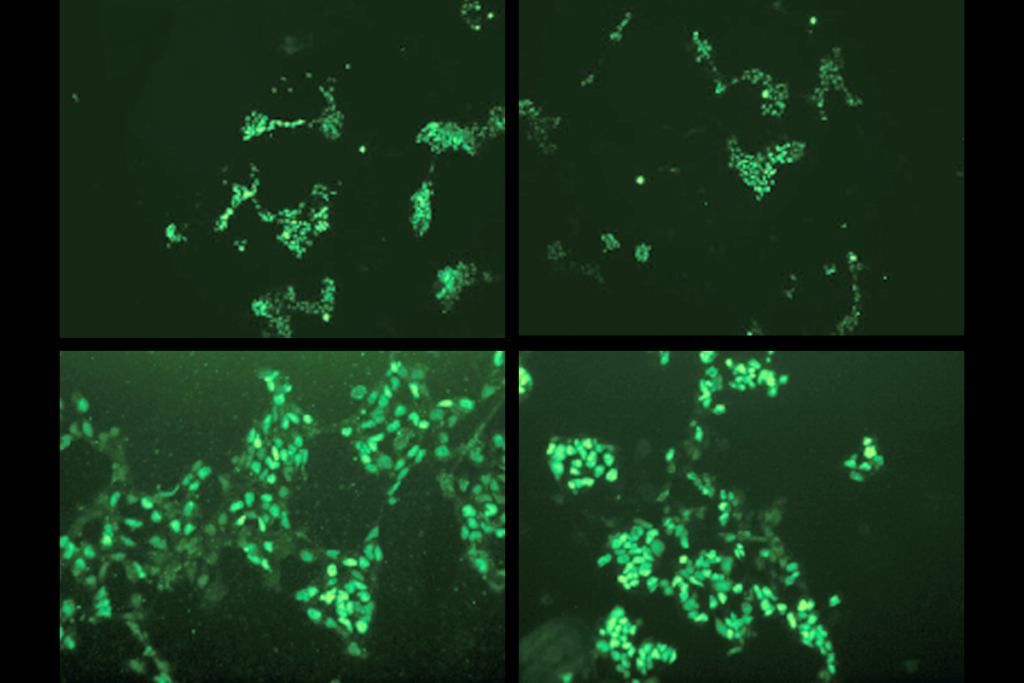Prevalence plateau; herbal inquiry; protein profile and more
Autism prevalence plateaued for the years 2014 to 2016, a review finds no evidence that herbal therapies for autism work, and a panel of four proteins in blood may distinguish children with autism.
- After years of reported increases, the prevalence of autism in the United States seems to be holding steady. In a study published 2 January in the Journal of the American Medical Association, investigators found that the number hovered around 2.4 percent from 2014 to 2016.
- A review of herbal medicines used as autism therapies has concluded that evidence of effectiveness remains elusive. Researchers evaluated information from 23 publications. Although some animal studies yielded “promising” preliminary results, clinical trials are small, varied and limited, the researchers reported. Their findings were published 27 December in Current Drug Metabolism.
- Molecular markers of autism from blood or other tissues have long been of interest as a way of clarifying a diagnosis or even a subtype of autism. Researchers examining levels of 24 proteins in plasma from both children with autism and typical children have identified a panel of four candidates that together seem to distinguish children with autism. They published their findings 23 December in Proteomics Clinical Applications.
All four of the proteins the researchers flagged are associated with immunity and cell connections and communication. Cell communication and the immune system have both been implicated in autism.
- Alexithymia, or difficulty detecting one’s own emotions, is more common in parents of children with autism or attention deficit hyperactivity disorder than in those whose children have other brain conditions. In a study published 31 December in Pediatrics International, researchers say the link is important to consider when studying parents in this population.
- A father’s use of certain antidepressants increases the odds that his child will have autism, according to findings published 22 December in BMJ Open. The drugs, called selective serotonin reuptake inhibitors (SSRIs), include fluoxetine (Prozac) and sertraline (Zoloft).
A second, unrelated study published 28 December in the Journal of the American Academy of Child & Adolescent Psychiatry reports no association between social problems in preschool children and exposure to SSRIs during the third trimester of pregnancy. Exposed children do show signs of anxiety and depression, however. Both studies add to the mixed bag of findings surrounding SSRIs and childhood conditions.
- Folic acid is critical to nervous system development, and use of the epilepsy drug valproate during pregnancy is a known autism risk factor. New findings suggest that children of women taking both epilepsy medications and folic acid around the time of conception have reduced autism risk compared with children of women taking these drugs without folic acid supplementation. The results were published 26 December in JAMA Neurology. The type of epilepsy drug did not affect the association.
Women who did not take epilepsy drugs or folic acid supplements around the time of conception have only slightly greater odds of bearing a child with autism features than do those who took supplements but not epilepsy drugs.
An unrelated study found that the children of women who take prenatal vitamins or folic acid before and while they are pregnant have decreased odds of autism compared with those whose mothers didn’t take these supplements. Researchers reported the findings 3 January in JAMA Psychiatry. The investigators caution that unidentified factors could have influenced the associations they found.
- Even though parents with disabilities make up just 6.2 percent of U.S. parents, 19 percent of children in foster care have a parent with a disability. Having a parent with a disability places about 9.1 percent of U.S. children at risk of being removed from their homes, Pacific Standard reported 3 January, calling the issue a “national phenomenon.”
Some parents with disabilities are fighting back against losing custody. Pacific Standard details the experiences of several such families. One couple, both of whom have intellectual disabilities, have been fighting for four years for the return of their two sons, but the system continues to stymie them. The parents say that Oregon’s Child Protective Services has told them that taking parenting classes and other steps will help them regain custody. Even though they completed these steps, the father says, “here we are four years later and we still do not have our children.”
- The field of neuroscience lost a giant with the passing of Stanford University’s Ben Barres. Barres was best known for his groundbreaking work with glial cells, which make up the vast majority of brain cells. He died 27 December of pancreatic cancer.
- Do you have a new paper coming out? Are you making a career move? Did you see a study or news story that you want to share? Send your news tips to [email protected].
Recommended reading

Developmental delay patterns differ with diagnosis; and more

Split gene therapy delivers promise in mice modeling Dravet syndrome

Changes in autism scores across childhood differ between girls and boys
Explore more from The Transmitter

Smell studies often use unnaturally high odor concentrations, analysis reveals

‘Natural Neuroscience: Toward a Systems Neuroscience of Natural Behaviors,’ an excerpt
